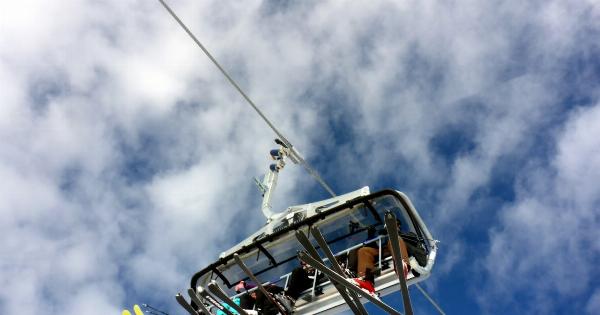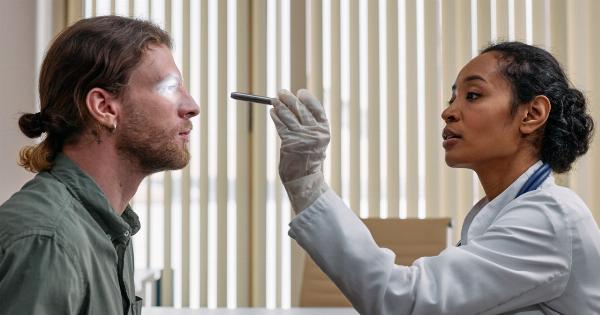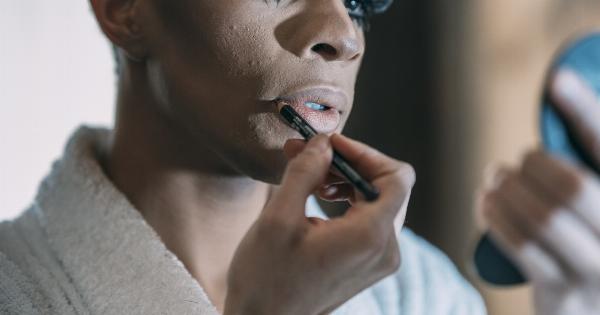While sexual orientations like straight, gay, bisexual, and queer have been well-known and widely accepted for some time, asexuality is a relatively new concept that has only gained attention in recent years.
Asexuality refers to orientations where individuals do not experience sexual attraction to others, and according to recent studies, around 1% of the population identifies as asexual. In this article, we will discuss some of the recent and groundbreaking discoveries on asexuality that can provide insight into this often misunderstood orientation.
Identification and Labels
One of the most significant developments in recent years has been the emergence of clear labels and identifications for people who identify as asexual.
Historically, people who did not experience sexual attraction to other people were often seen as anomalies or outcasts. However, as awareness grows about asexuality, people have begun to find a sense of belonging through identifying as asexual.
These labels include asexual, grey-asexual, demisexual, and others, providing much-needed representation and community for individuals who may otherwise feel isolated.
The Role of Biology
Many people question whether asexuality is a biological trait or a choice, and recent research suggests that biology does play a significant role.
Studies have found that asexual individuals tend to have less activation in the parts of the brain associated with sexual attraction, indicating that their sexual orientation may be an innate part of their biology. However, it is essential to remember that every person’s experiences are unique, and asexuality may still be influenced by environmental, cultural, or social factors as well.
Relationships and Interpersonal Connections
While a lack of sexual attraction is a defining characteristic of asexuality, many people who identify as asexual still experience romantic or emotional attraction to others.
This has led to the development of new labels and concepts, such as aromanticism, which refers to a lack of romantic attraction. Additionally, asexual individuals may form various types of relationships, from close friendships to romantic partnerships that may or may not include physical intimacy.
It is essential to understand that asexuality does not necessarily mean a lack of interest in relationships or connections with others.
Cultural Attitudes and Misconceptions
Cultural attitudes towards asexuality have largely been shaped by misconceptions and stereotypes, such as the belief that asexuality is merely a phase or that it is a result of traumatic experiences.
While asexuality is still not widely understood or accepted, the increasing visibility and advocacy for asexual individuals have helped combat these misconceptions. Furthermore, asexuality is not a mental disorder, and individuals who identify as asexual do not need to be “fixed” or “cured.”.
Representation and Advocacy
The most significant recent development in the field of asexuality is the growing representation and advocacy for asexual individuals.
Visibility in media and entertainment has increased, with characters in television shows like “Bojack Horseman” and “Big Mouth” openly identifying as asexual. Additionally, there are increased resources available for asexual individuals, such as online communities and in-person meetups.
Advocacy groups such as the Asexual Visibility and Education Network have worked to increase awareness and acceptance of asexuality and provide education and resources to the broader public.
Conclusion
Asexuality is a complex and often misunderstood orientation, but recent research and advocacy have shed light on the experiences of those who identify as asexual.
While there is still work to be done to increase understanding and acceptance, the growing visibility and representation of asexuality in popular culture and media can provide much-needed representation and community for those who may have felt isolated or overlooked in the past.


























